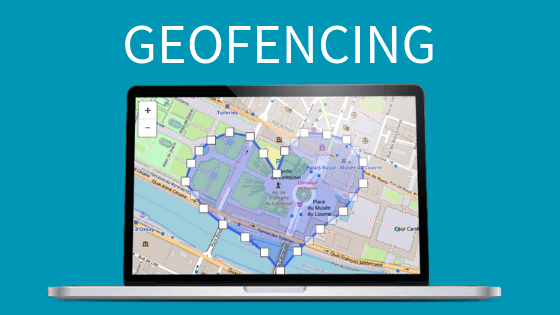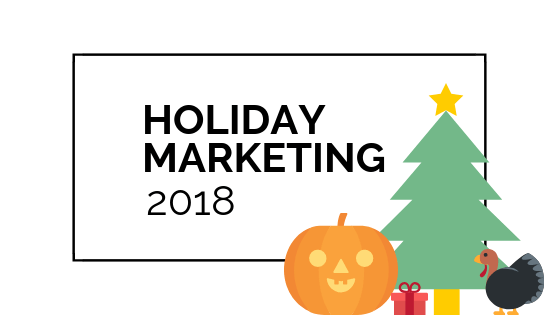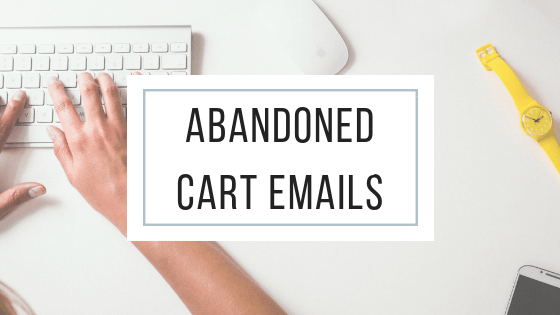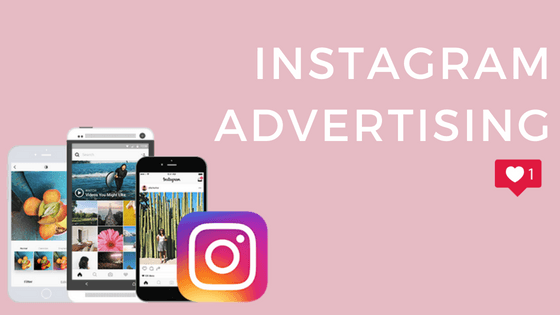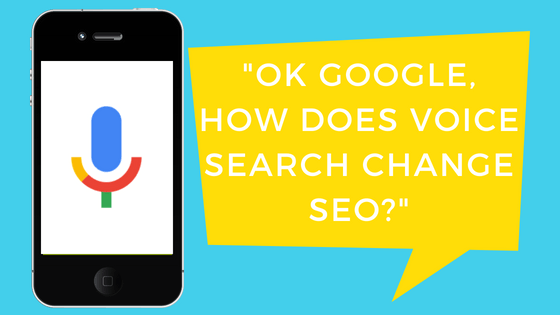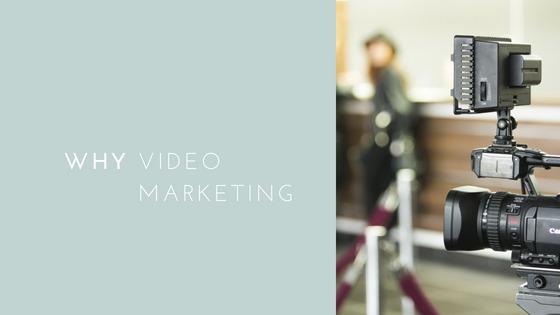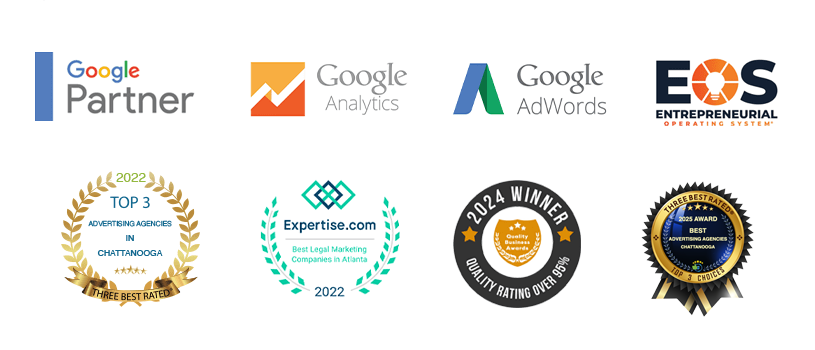Instagram has more than 400 million users that share 80 million posts daily, making it a compelling platform for advertisers. The platform itself says its ads can help drive awareness and increase customers among a highly engaged audience. Instagram offers photo ads, video ads, carousel ads, and stories ads.
Reasons to Use Instagram Ads
Audience Growth
The key reason brands advertise on Instagram is the efficiency of this marketing channel. It’s one of the fastest growing social media platforms, with over 250 million daily active users in June 2017 according to TechCrunch.
Constantly Adapting
In Instagram’s monthly updates, you will find that the platform is updated regularly to provide a better user experience and making advertising even more efficient.
Attention
Instagram is a highly engaging social media platform that helps your brand receive a lot of attention and engage with new users. According to Pew Research, 51% of Instagram users access the platform daily, and 35% say they look at the platform several times a day.
Additional Instagram advertising stats:
– 95 million photos and videos are shared on Instagram per day.
– Currently, Instagram has 1 million monthly active advertisers—up from just 200,000 in March 2016.
– eMarketer projects that Instagram’s global mobile ad revenues will reach $2.81 billion this year, accounting for over 10 percent of parent company Facebook’s global ad revenues.
Targeting
Instagram ads use Facebook’s advertising system, which most likely has the most powerful targeting ability. You can specify your target audience’s location, demographics, interests, behaviors, and more. You can even target people who have bought from you or interacted with you and others similar to them.
Instagram Feed Ad Formats
Carousel Ad
Carousel ads bring another layer of depth to campaign where people can swipe to view up to 10 additional photos or videos in a single ad. They are a great way to accomplish business goals by highlighting several products and specific details to give them a considerable boost. You can recognize these ads by the small dots under the image, indicating that there is more than one image.
These ads provide an excellent opportunity to:
-To create a step-by-step illustration of how to use your product
-Tell a story about your brand in several images or videos
-Give a good sense of the essence of your promoted offer
-Lower your Instagram ads cost
Specs:
Caption: up to 125 characters
Media type: image or video
Recommended image/video resolution: min. 600 x 600 pixels, max. 1080 x 1080 pixels
Image format: .jpg or .png
Minimum number of cards: 2
Maximum number of cards: 10
Image ratio: 1:1
Video aspect ratio: 1:1
Minimum video length: 3 seconds
Maximum video length: 60 seconds
Video thumbnail image ratio: Should match the aspect ratio of your video. If not, thumbnail auto resize is available.
Single Ad
Exactly how it sounds, these are ads with a single image in landscape or square format. This is the most widely used ad type and consists of an image, ad copy, and a call-to-action button.
Specs:
Caption: up to 125 characters
Media type: image
Recommended image size: 1080 x 1080 pixels or 1200 x 628 pixels (the typical Facebook ad image size)
Image format: .jpg or .png
Max. file size: 30 MB
Video Ad
Instagram used to have a 15-second limit for video, but now videos can be up to 60 seconds long and shot in landscape or square format. They are an effective way to explain how your product or service works or simply share a fun and engaging message. Overall, this type of ad is known to catch users attention as they scroll through their feed.
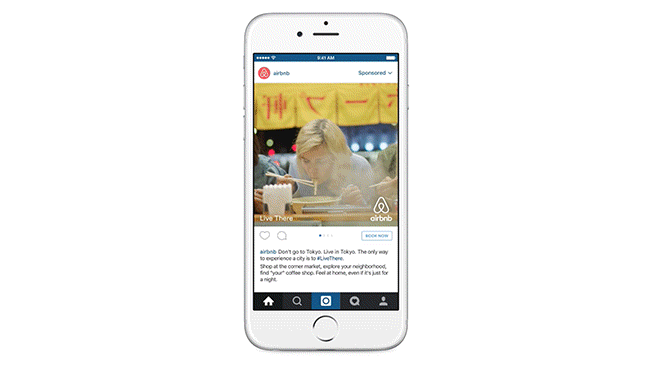
Specs:
Caption: up to 125 characters
Media type: video
Recommended video resolution: 600 x 600 pixels (square) or 600 x 315 pixels (landscape)
Aspect Ratio: 1:1 (square) or 1.9:1 (landscape)
Minimum resolution: 600 x 600 pixels
Maximum resolution: 1080 x 1080 pixels
Minimum length: 3 seconds
Maximum length: 60 seconds
Maximum size: 4GB
Frame rate: 30fps max
File type: .mp4 container
Video: H.264 video compression, high profile preferred, square pixels, fixed frame rate, progressive scan
Audio: Stereo AAC audio compression, 128kbps + preferred
Slideshow Ad
Slideshow ads are looping video ads with up to 10 images and music. It’s almost like a carousel ad that scrolls on its own, with music. You can upload an existing slideshow or create a new slideshow. Facebook Ads Manager has an easy-to-use slideshow creator where you can select the images, music, video captions, and a thumbnail for your Instagram ad. You can also choose whether you’d like to images to transition or fade while changing.
Specs:
Caption: up to 125 characters
Media type: images + soundtrack
Image duration: up to 50 sec per image
Image size: min. 600 x 600 pixels, max. 1080 x 1080 pixels. If you use images of different sizes, your slideshow will be cropped to be square.
Music file format: WAV, MP3, M4A, FLAC, and OGG. You must have all legal rights necessary to use the song.
Lead Ads
Instagram lead ads help to collect valuable information from prospects without leading them off the Instagram platform. As someone clicks on your Lead Ad, they’ll be guided to a new page with a lead form that asks for their name and contact details (e.g. the person’s full name, email address, phone number, etc.)
Tip: When you create this form, there are several fields to fill in. Once you hit “Finish, you won’t be able to edit the lead form. You can use the “Save” button to save a draft of the lead form if you wish to edit it afterward.
When setting up Lead Ads, you’ll also need to include your company’s privacy policy (As you will be collecting user information).
Specs:
Caption: up to 125 characters
Media type: image
Recommended ad image size: 1080 x 1080 pixels or 1200 x 628 pixels (the typical Facebook ad image size)
Image format: .jpg or .png
Max. file size: 30 MB
Other requirements: Privacy policy
Stories Image Ad
In 2017, Instagram opened up Instagram Stories ads to businesses globally and people appear to be highly engaged while watching the stories from their followers. You can create image stories ads that contain up to six images to share your brands messaging in a fun and engaging way. There is not much customization you can do with these ads, making them very straightforward and simple to create.
Specs:
Caption: not currently available. Any text must be part of the image file
Format: Full-screen vertical ad (9:16)
Recommended Resolution: 1080 x 1920
Minimum Resolution: 600 x 1067
File types: .jpg or .png
Max. image size: 30MB
Photo content: visible for 5 seconds
Story Video Ad
Instagram stories video ads is a great way for your brand to stand out among all its peers’ advertising. With this format, you can upload a video or GIF of up to 15 seconds in length. Simply upload your video or GIF and choose a video thumbnail. The thumbnail you choose will be what people see before your video plays. It can influence a user’s decision to watch the ad. It’s an amazingly engaging way of showcasing your product, building your brand’s personality, and engaging your audiences by reminding them of your offers.

Specs:
Caption: not currently available. Any text must be part of the image file
Format: Full-screen vertical ad (9:16)
Recommended Resolution: 1080 x 1920
Minimum Resolution: 600 x 1067
File types: mp4 or .mov
Max. video size: 4GB
Max. video length: 15 seconds
Recommended Video Codecs: h.264, VP8
Recommended Audio Codecs: AAC, Vorbis







